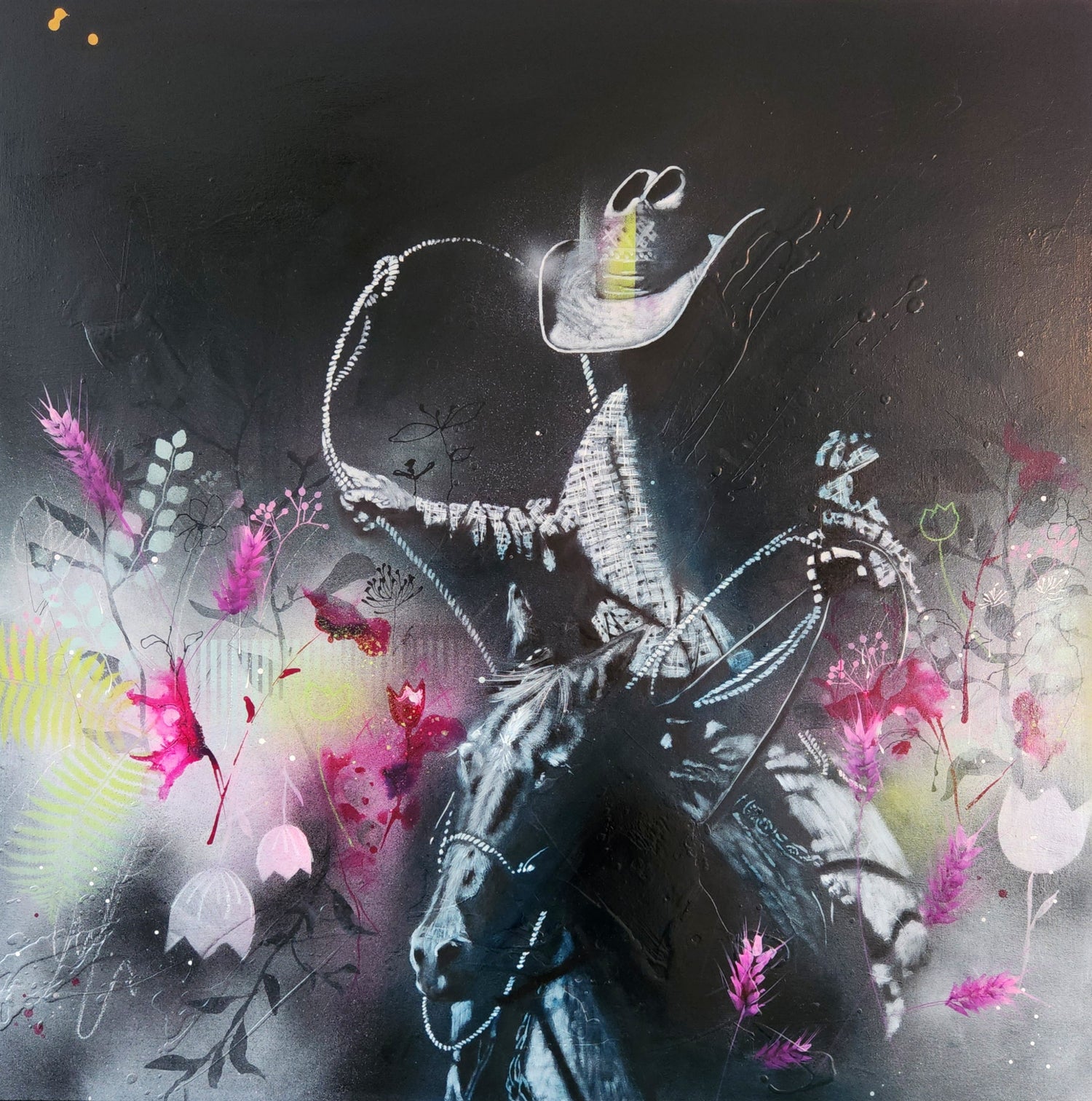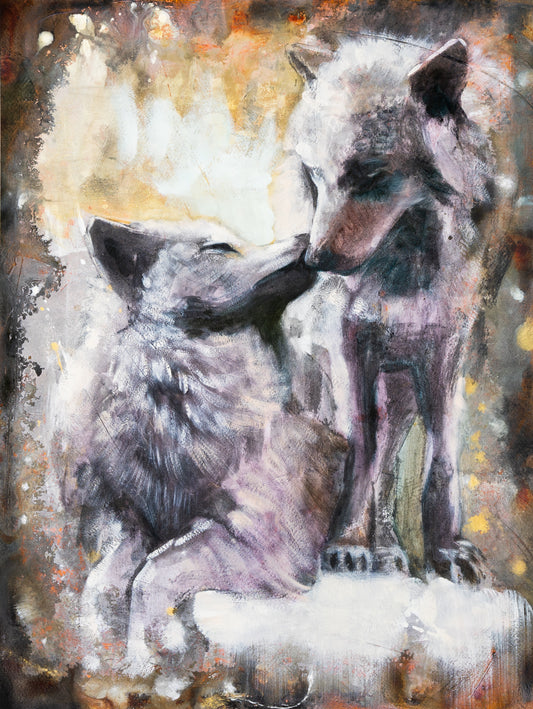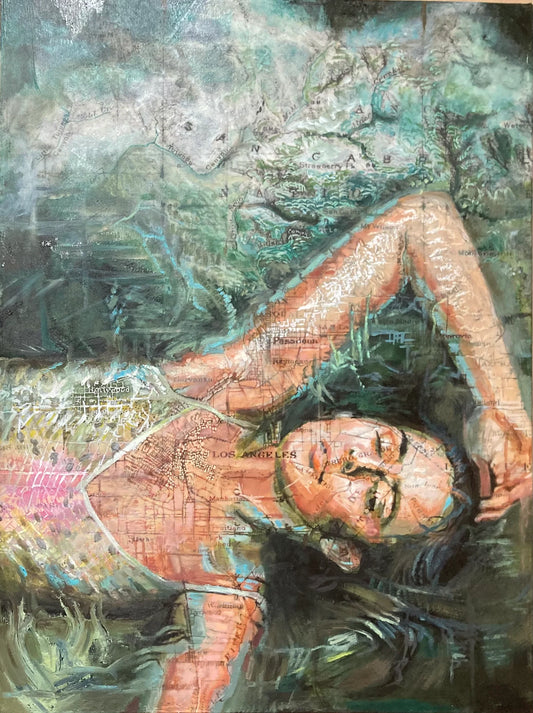The Art of Collecting: A Comprehensive Guide to Building Your Own Art Collection
Introduction
Art has always been a captivating and intriguing form of expression, and art collecting has been a passion for many since time immemorial. Collecting art might be perceived as a luxury pastime or an exclusive venture for the affluent. However, the reality is that it can be a gratifying and enriching hobby for anyone, irrespective of their financial situation. It is a testament to the love for creativity and a way to imbue our living spaces with elements that inspire and move us. When you have your own art collection it might take years before some pieces will gain value.

Is Collecting Art a Good Investment?
The world of art collecting is exciting and multifaceted, offering opportunities for both aesthetic appreciation and financial gain. As an investment, art can be a lucrative venture, particularly if you have an eye for potential masterpieces. However, it's important to remember that the art market can be unpredictable, just like any other investment. When you find a piece of art of an emerging artist, support them. With your help the artist's career can grow faster and he/she might become an famous artist. The work of art you bought will become even more worth.
The Meaning of Collecting Art
At its core, art collecting is the process of acquiring artworks that resonate with you personally or have a perceived value. Collectors may accumulate art for various reasons, such as personal enjoyment, investment, or philanthropy. A collection can reflect the collector's tastes, interests, or even their journey through life. You might love conceptual art or prefer fine art that's figurative. Many art collectors love to share their unique taste and put their favourite piece of art on their wall.

Fancy Words and Terms in the World of Art Collecting
A collection of art is often referred to as an 'Art Portfolio' or 'Art Repository'. These terms carry a sophisticated aura around them, embodying the esteem and admiration that art commands.
Why Do People Collect Art?
Art collecting is driven by diverse motivations. For some, it is a passion for beauty and creativity, for others, it is a form of investment, and for a few, it is a status symbol. Above all, collecting art is a deeply personal journey, reflecting one's tastes, passions, and life experiences. Collectors love buying art to express themselves, support emerging artists or show their impressive art collection of proletarian art. Many collectors like to invest in new artist and find affordable art for a fair price.
Types of Collections in Art
Art collections can be as unique as the individuals who curate them. They may focus on specific periods, styles, artists, or themes. Some popular types of collections include modern art, impressionist paintings, abstract art, contemporary art, and old masters. To become an art collector you only need to find one piece that you are interested in. For example purchase a fun piece of art you can talk about with your friends. Maybe you will inspire new collectors.

Is Collecting Art Worth It?
The value of an art collection can't be measured solely in monetary terms. The joy, inspiration, and personal fulfillment that come from owning and appreciating art are priceless. However, from a financial standpoint, art can be a sound investment if done right.
Starting Your Art Collection
Starting an art collection can be an exhilarating experience. Begin by identifying your interests and tastes. Visit galleries, museums, and art fairs to expose yourself to a variety of styles and artists. Research extensively and gradually build your knowledge about the art world.
Collecting Artwork as an Investment
Owning art can be a valuable asset that appreciates over time. To collect art as an investment, it's crucial to understand the art market, study artists' backgrounds, and assess the artwork's potential for appreciation. A good place to start is by seeking advice from experienced collectors or art consultants.
Starting a Modern Art Collection

Modern art, spanning the late 19th to the mid-20th century, is an exciting realm to explore. To start a modern art collection, immerse yourself in the period's history and its artists. Understand the significance of different movements and their impact on the art that followed.
Collecting Great Art
Collecting great art involves a keen eye, a deep understanding of art, and an appreciation for aesthetics. It requires time, patience, and a willingness to learn. Building relationships with artists, galleries, and fellow collectors can also be instrumental.
Is Art Collecting Profitable?
While art collecting can be profitable, it's essential to approach# I'll search for some recent insights on the profitability of art collecting to provide a more accurate and up-to-date response. It can yield significant returns, particularly for those who are selective, diversify their collections, and hold pieces for the long term. With the art market not highly correlated with the stock or bond markets, it provides an excellent opportunity for diversification. In fact, during uncertain economic conditions, the art market can exhibit resilience, with record prices being set at auctions even when financial markets are unstable. However, it's also important to be mindful of challenges such as maintaining the artwork, potential liquidity issues, and various costs associated with buying, owning, and selling artwork.
Collecting Art Paintings
Paintings are often the centerpiece of art collections. They can represent a wide range of styles, periods, and artistic visions. When collecting paintings, consider the artist's reputation, the artwork's condition, and your personal affinity towards the piece.
What is a Collection of Paintings Called?
A collection of paintings is often referred to as a 'Gallery.' While this term traditionally refers to a physical space where art is displayed, it is also used to denote a personal or institutional collection of paintings.
Art Collecting for the Budget-Conscious
Contrary to popular belief, you don't need a fortune to start collecting art. Emerging artists, prints, and digital art provide affordable entry points into the art world. Online platforms and local art fairs can be excellent places to discover unique and budget-friendly pieces.
How Many Art Pieces Make a Collection?
There's no hard and fast rule about how many pieces constitute an art collection. A collection can start with a single piece that speaks to your heart. Over time, as you acquire more pieces that resonate with you, your collection will naturally grow.
Are Art Prints Worth Collecting?
Absolutely. Art prints, especially limited-edition prints, can be a worthwhile addition to any art collection. They offer a more affordable way to own a piece of work from an artist you admire. Furthermore, some art prints can appreciate in value over time.
Starting a Collection of Art Prints
Collecting art prints is a great way to dip your toes into the art world. Research about different printmaking techniques, such as lithography, etching, and screen printing. Pay attention to the edition size, as prints with smaller editions often carry more value.
Is Buying Art Prints a Good Investment?
Art prints can be a viable investment. However, like any investment, it requires knowledge and foresight. Limited-edition prints, signed prints, and prints from well-known artists are typically more desirable and likely to appreciate in value.
Can You Make Money Selling Art Prints?
Yes, selling art prints can be a profitable venture. Artists often sell prints of their works as a way to make their art more accessible and to generate a steady income. As a collector, if you've invested in a print that has appreciated in value, you can potentially make a profit by selling it.
Art Collecting: A Healthy Hobby
Art collecting isn't just about investment; it's a hobby that can bring immense joy and satisfaction. It stimulates the mind, encourages a deeper appreciation for culture and creativity, and can be a great way to connect with like-minded individuals.
Is Collecting Art a Good Investment?
Art collecting and investment is no longer limited to the elite. Anyone with a keen eye and passion for art can potentially benefit from investing in this market. However, it's important to understand that art investment is not a get-rich-quick scheme. The art market is not heavily correlated with the stock or bond markets, which makes it an appealing choice when diversifying assets. Moreover, while both stocks and bonds were declining in the first half of 2022, art auctions were setting new record prices. This suggests that art can serve as a good hedge against inflation and hold strong value even in challenging financial climates.
Yet, investing in art does come with its challenges. Choosing an artist can be difficult and the art market is relatively illiquid, meaning you may have to hold onto your pieces for a while before you can sell them at a profit. Furthermore, art requires maintenance and there are various costs to consider, such as sales tax, transportation expenses, authentication and appraisal fees, and insurance.





